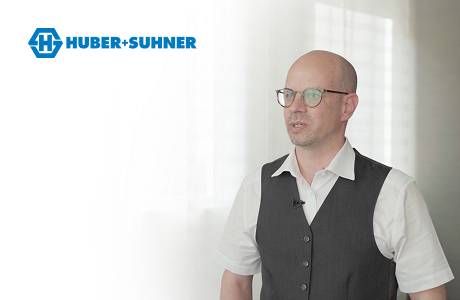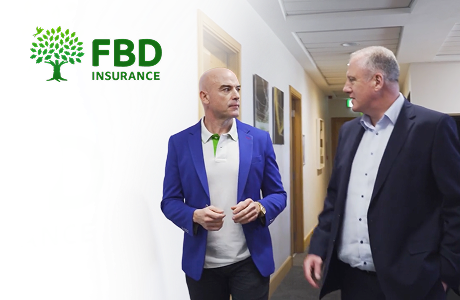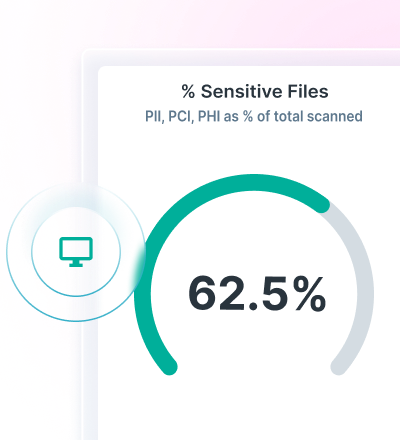More Than Just File Sharing: How Modern MFT Drives Secure Collaboration
0 分钟阅读
When enterprises move vast volumes of sensitive information daily, traditional file sharing methods quickly reveal their limits. Email attachments, FTP servers and ad hoc scripts were never built to handle today's demands.
Managed File Transfer (MFT) reframes file exchange as a strategic discipline — governed, secure and embedded into the fabric of the enterprise.
What is MFT?
Managed file transfer (MFT) is a framework for securely moving files across and beyond the enterprise, complete with encryption, automation, compliance controls and end-to-end visibility. But the meaning of MFT has evolved far beyond "secure delivery." Today's solutions enable collaboration, giving organisations an accountable way to share their most critical data.
From legacy methods to managed control
The shift to MFT is best understood against the backdrop of legacy approaches. For years, companies relied on FTP, email or manual scripting for file transfer. These methods were convenient but fraught with weaknesses: uncontrolled access, lack of audit trails, inconsistent encryption and minimal scalability. As file volumes and compliance requirements grew, these cracks widened.
Enterprises operating under GDPR, HIPAA or PCI DSS quickly realised that every file transfer is a potential liability. A misplaced attachment or unencrypted FTP session could compromise brand reputation and regulatory standing.
Unlike legacy tools, modern MFTs offer centralised control, detailed governance and automated policy enforcement. Organisations gain early oversight into who is moving what data, when and under which compliance framework, instead of chasing down vulnerabilities after the fact.
Core capabilities of modern MFT
The data-driven enterprise requires more than a secure pipe. This means the MFT architecture should solve for visibility, resilience and business continuity. Key features include:
- End-to-end security
Modern MFT solutions secure data in motion and at rest through advanced encryption protocols like AES (Advanced Encryption Standard) and TLS (Transport Layer Security). Beyond encryption, they add layers of integrity verification like digital signatures and hashing to guarantee files are neither intercepted nor altered in transit.
- Automation and scheduling
Because enterprises often manage thousands of file transfers daily across time zones and business units, manual oversight drains resources. With MFT, recurring transfers can be scheduled, triggered by business events or fully orchestrated as part of broader workflows. Automation reduces human error and accelerates turnaround times. This translates to near real-time collaboration with regulators and supply chains.
- Compliance and auditing
Regulatory scrutiny around data handling has never been higher. Managed file transfer systems embed compliance into the transfer process itself, automatically generating audit-ready logs of every exchange.
Features like user authentication, chain-of-custody reporting and tamper-proof records mean enterprises can comply with GDPR, HIPAA, PCI DSS or Malaysia's PDPA and industry-specific mandates without additional overhead. Audits shift from stressful to predictable.
- Integration with enterprise systems
The value of MFTs lies not just in moving files securely, but in making those transfers part of the larger digital ecosystem. With pre-built connectors and APIs, MFT integrates with ERP platforms, CRM systems, cloud applications and even data lakes.
This allows sensitive data like invoices, contracts or design files to flow seamlessly between departments and external partners while retaining centralised oversight. Mature integration means MFT is a backbone of enterprise-wide collaboration rather than a standalone silo.
- Scalability and high availability
Data volumes are growing exponentially, and continuity depends on uninterrupted access. MFT architecture can scale horizontally and vertically to support surges without drops in performance. Built-in redundancy, clustering and failover mechanisms secure uptime even during network disruptions or system maintenance. For organisations where file transfers underpin revenue streams or customer experience, such resilience is non-negotiable.
Use cases of MFTs
Managed file transfers prove their value most clearly when applied to real-world industries where secure, auditable and high-volume data exchange is mission-critical.
Financial services
Imagine a regional bank exchanging bulk payment files with its central clearing house multiple times a day. Each batch contains thousands of transactions worth millions. If even one transfer is corrupted or delayed, downstream settlements stall and compliance deadlines are missed.
With MFTs, the bank schedules recurring, encrypted transfers with real-time monitoring and automatic retries. Every exchange is logged with a complete chain of custody, making audits against Malaysia's PDPA and global frameworks like PCI DSS a matter of pulling up reports rather than reconciling paper trails. Loan documents, customer statements and filings can also be exchanged securely between banks, auditors and regulators without reliance on email attachments or consumer-grade sharing tools.
Healthcare
Consider a hospital that needs to send radiology images and discharge summaries to an insurance provider for claims processing. Traditional email is both too large for the file sizes and too risky for protected health information. An MFT system encrypts diagnostic images (DICOM files), lab reports and claims data during transfer and at rest. Access is restricted so only the insurer's authorised claims team can view the files and log every handoff.
Should an external regulator audit data-sharing practices, the hospital can produce an immutable trail showing who accessed what, when and under which policy. This supports compliance with Malaysia's PDPA and mirrors safeguards seen in HIPAA. By automating these exchanges, hospitals reduce administrative burden and patients potentially see quicker reimbursements.
Public sector
Government agencies handle some of the most sensitive citizen data: tax records, licensing details, social benefits information. With an MFT platform, inter-agency transfers are encrypted, access-controlled and fully auditable. Each exchange generates a tamper-evident log to prove compliance with oversight bodies and Freedom of Information (FOI) requirements.
In a crisis scenario, agencies can rapidly and securely exchange eligibility files, payment disbursement lists and health records without bottlenecks or leaks. The ability to orchestrate these exchanges at scale, while maintaining accountability, means MFT can be a critical enabler of public trust.
Risks, misconceptions and best practices
While MFT delivers clear security and efficiency advantages, its effectiveness depends heavily on execution. Missteps in governance, architecture or user behaviour can erode the very protections it's designed to provide.
Common pitfalls
Many enterprises still cling to outdated or improvised file-transfer methods, often mistaking Secure File Transfer Protocol (SFTP) plus a few homegrown scripts as "good enough." While these stopgaps may work in isolated contexts, they introduce systemic fragility when scaled.
- Shadow IT adds further risk, as business users turn to unsanctioned cloud drives or consumer-grade sharing tools, creating blind spots for IT and compliance teams.
- External user lifecycle management is another overlooked hazard because partners, contractors or customers frequently retain access long after their engagement ends.
- Poorly maintained encryption keys and digital certificates often sit forgotten until they expire or are compromised.
Collectively, these practices create a patchwork of drift, security gaps and audit failures that modern regulatory regimes are quick to expose.
What good looks like
A mature MFT means discipline and repeatability are embedded into every stage.
- Least-privilege access models, where every user only sees the files and workflows they need, significantly reduce risk while aligning with zero-trust principles.
- Instead of bespoke, ad hoc configurations, centralised policy frameworks let enterprises define "templates" based on data class, jurisdiction or trading partner, so every transfer inherits the proper security and compliance posture.
- Keys and certificates are actively managed, with automated rotation, expiry notifications and revocation procedures to eliminate silent points of failure.
- High-sensitivity data flows are isolated in segmented zones, with automatic quarantine mechanisms that capture exceptions before they become breaches.
- Continuous monitoring raises alerts on anomalies like repeated transfer failures, unusual file sizes or unexpected destinations.
- Tested runbooks for rollback, resumable transfers and disaster recovery ensure that when disruptions occur, they can be contained without business impact.
Taken together, these practices move file transfer from a vulnerable afterthought to a hardened, governable backbone of digital operations.
Final thoughts on MFT as the driver of secure collaboration
The MFT meaning has long since expanded from simply "file delivery". It now acts as an intelligent control layer within the digital enterprise. It bridges silos, embeds governance and ensures collaboration never comes at the expense of security. By aligning secure data movement with business objectives, MFT becomes a foundation for resilience and trust in how organisations exchange information.
Explore how Forcepoint's Email Data Loss Prevention (DLP) complements MFT by protecting sensitive information where it most often leaves the enterprise: your people's inboxes.
在文章中
X-Labs
直接向您的收件箱发送洞见、分析和新闻










